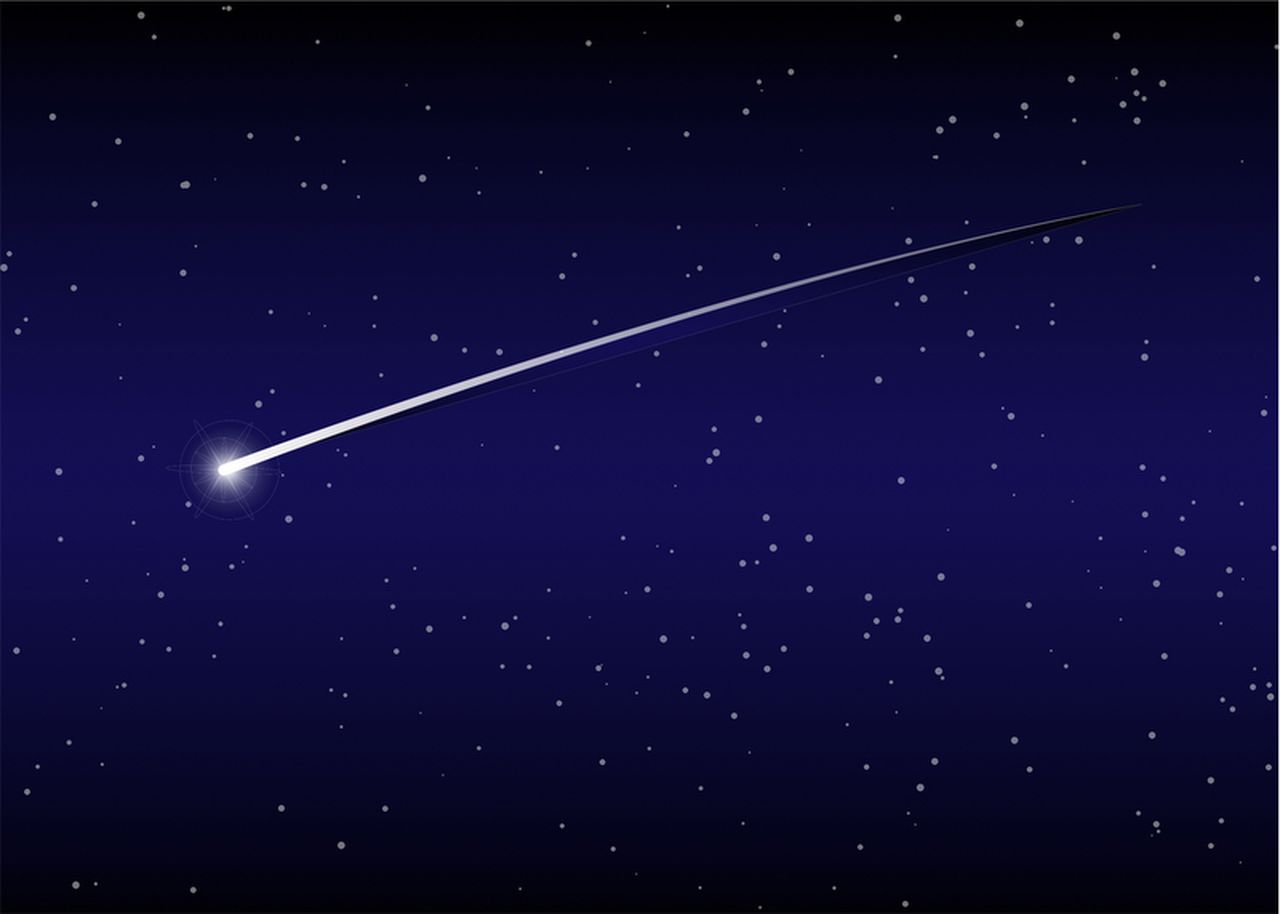Orionid meteor shower: October meteor shower could deliver fireballs, extra bright ‘shooting stars’
The Orionid meteor shower will light up the night sky through early November.
The shower will peak Oct. 21-2 and continue through early November as the Earth completes it annual trip through the tail of Halley’s comet. The show is considered one of the most beautiful meteor showers of the year, with the Orionids known for their brightness and speed.
And speedy they are. Orionids meteors travel at about 148,000 mph into Earth’s atmosphere. The fast meteors leave glowing trains – incandescent bits of debris in the wake of the meteors – that can last for several seconds to minutes, according to NASA. Fast meteors can also sometimes become fireballs so look for prolonged explosions of light when viewing the Orionids.
Halley’s comet
The pieces of space debris that interact with the atmosphere to create the Orionids originate from comet 1P/Halley, NASA explains. Each time that Halley returns to the inner solar system its nucleus sheds ice and rocky dust into space. The dust grains eventually become the Orionids in October and the Eta Aquarids in May as they collide with Earth’s atmosphere.
Comet Halley takes about 76 years to orbit the sun once. The last time comet Halley was seen by casual observers was in 1986. Comet Halley will not enter the inner solar system again until 2061.
Best places, times to see
The Orionids are viewable in both the Northern and Southern hemisphere during hours after midnight. For best viewing, find an area well away from city or street lights and come prepared with a sleeping bag, blanket or lawn chair.
Lie flat on your back with your feet facing southeast if you are in the Northern Hemisphere or northeast if you are in the Southern Hemisphere, and look up, taking in as much of the sky as possible. In less than 30 minutes in the dark, your eyes will adapt and you will begin to see meteors. Be patient – the show will last until dawn, so you have plenty of time to catch a glimpse.
